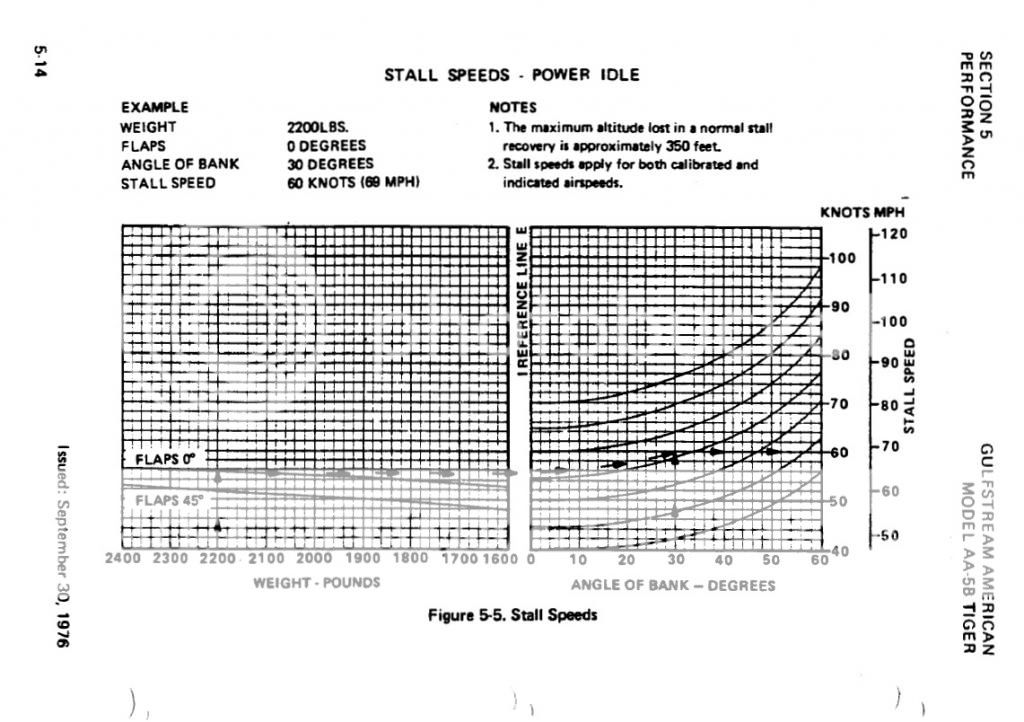How over the top "numbers slave" you want to go? That will dictate the answer, but at the end of the day approximations are close enough for human based flight ops

Engineering data will vary depending on the aircraft specific configuration and particulars - airframe flex, planform particulars, aerodynamic twist under load, etc. But for general rules of thumb, Post 2 spells it out. Wing loading affects stall speed - you can determine *approximate* stall speed delta per unit bank angle quite easily.
The reason Van's Does not have the data for the 9A is because it is a generic question and the base line equation remains the same for the 9A or the B-747-8I when you are talking about rules of thumb and figures decent enough to give accurate situation awareness.
For example, a 30 degree bank angle, typical pattern maneuvering, your G loading is 1.15 and stall speed is 1.07*Vso. So you have an adequate maneuvering margin with pedestrian bank angles to be at final approach speed though it is obviously reduced somewhat while maneuvering compared to wings level. That's why it is common practice to delay reducing that final 5-10 kts (to final approach speed) only once aligned with the runway, wings level.
For a stall speed of 50KTS in smooth air and in coordinated flight:
30 Deg Bank ~ Vso*1.07 = Stall appx 54kts
45 Deg Bank ~ Vso*1.19 = Stall appx 60kts
60 Deg Bank ~ Vso*1.41 = Stall appx 71kts
75 Deg Bank ~ Vso*2.00 = Stall appx 100kts
PS a wing won't stall at 0 G.

But you will be arcing to tierra firma pretty quickly none the less.
Landing configurations are going to be limited in G capability in many designs and also there may not be a stall speed below limiting flap speed in some bank angles nor would anyone want to be normally maneuvering in some configurations at 75 degrees bank for example. Therefore it's a good idea to also do some figuring with clean wing stall speed and add a margin for "turbulence", "uncoordinated flight", "pilot control technique" and other complications that may also increase stall speed if you want to get a good feel of what to expect. Then experience in the airframe will give you a seat of the pants feel and some level of innate situation awareness.
Simply saying "who cares, install an AOA indicator" is not good enough, it's too reactive. To be proactive and occupy the seat with enough SA to fly safely, we all still need a good handle on what to expect with various bank angles. An AOA gauge is a great tool as long as it's not a crutch. (Edit - Paul is right a few posts from here, my original statement on a "crutch" applies only if we use a tool without the knowledge of how a tool works and don't know how to anticipate it's best use)
Expanded article that covers some of this:
http://www.experimentalaircraft.info/flight-planning/aircraft-stall-speed-1.php





